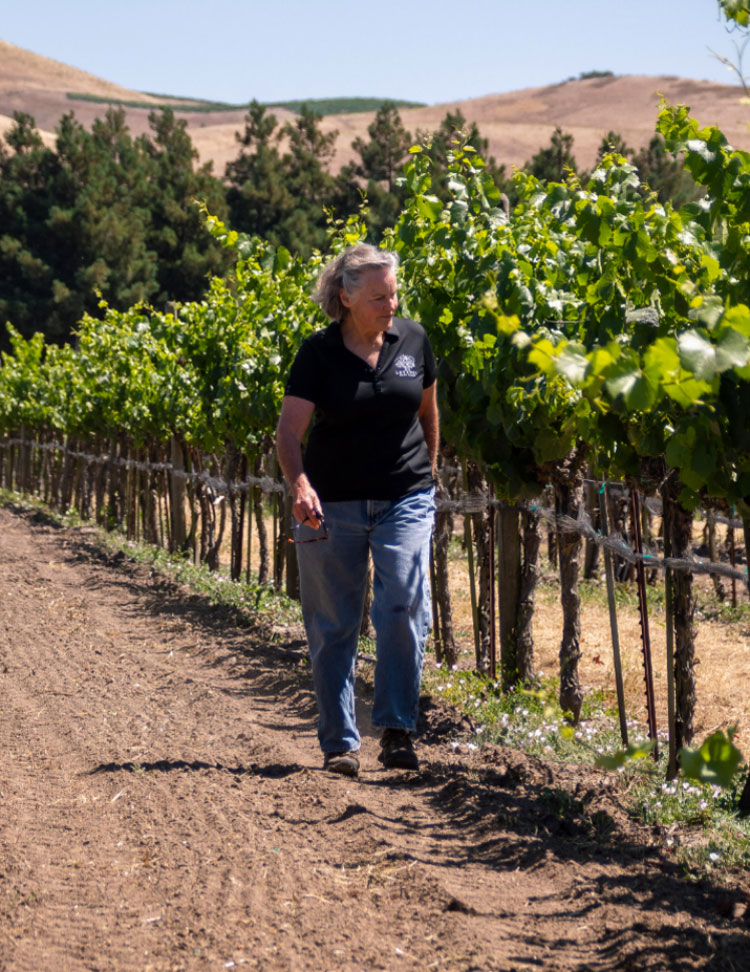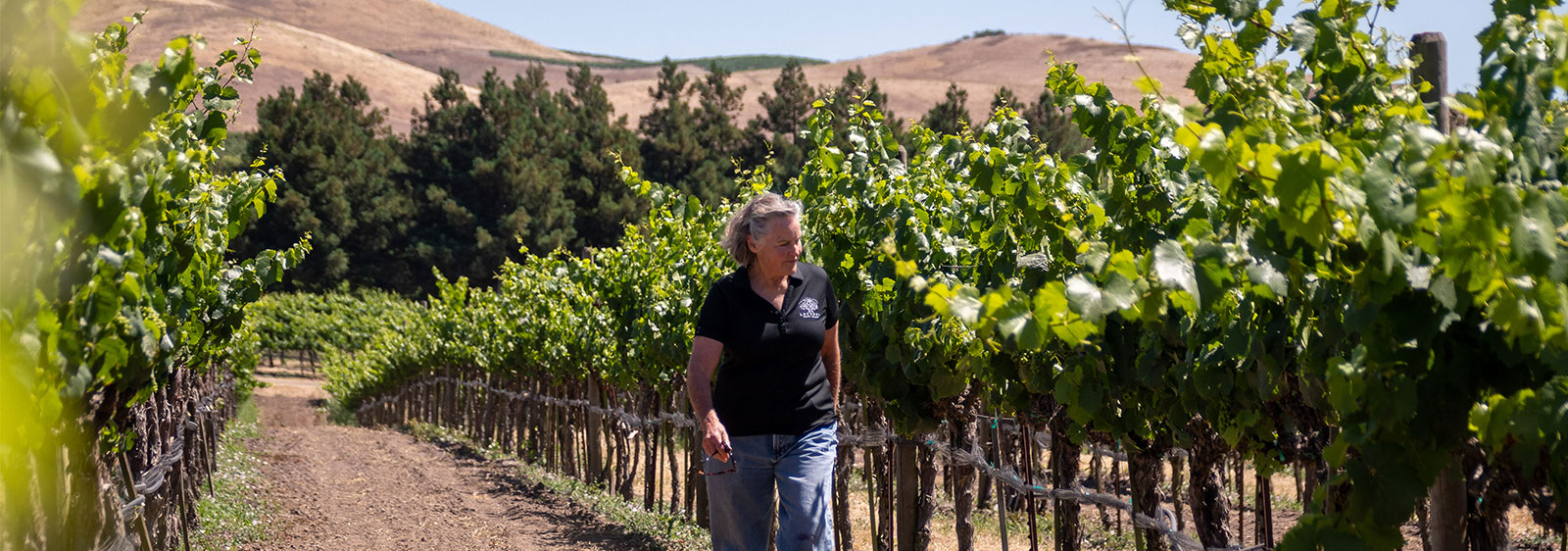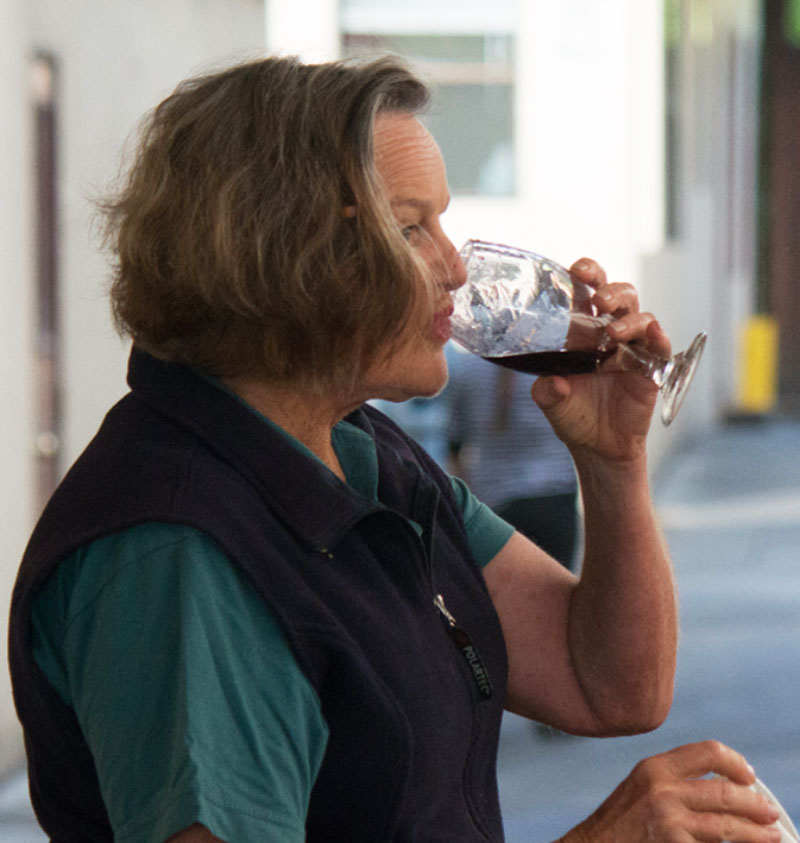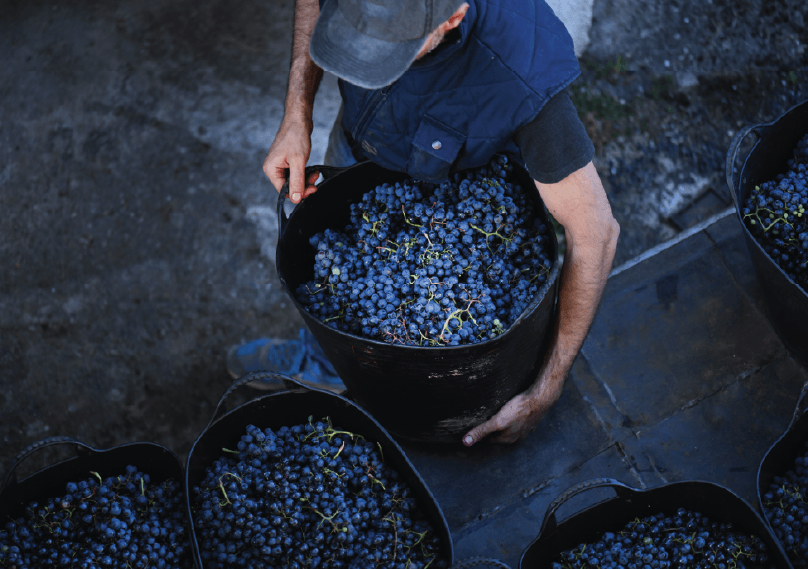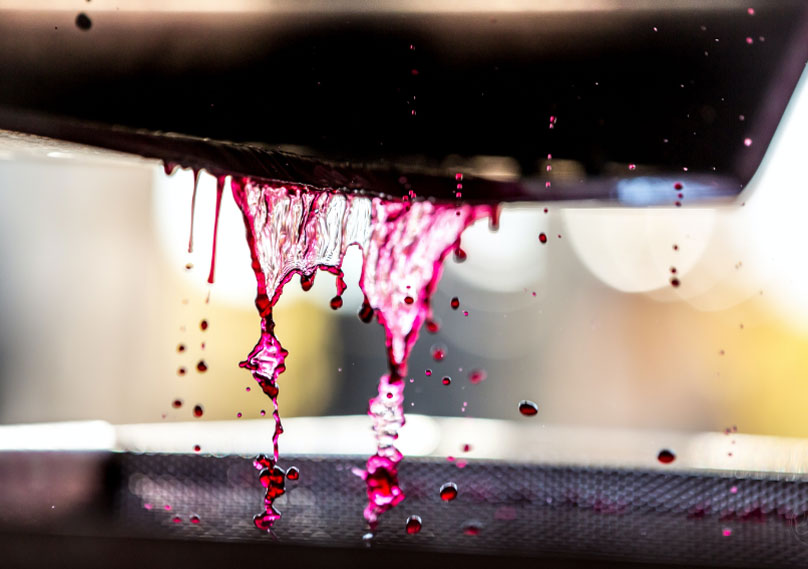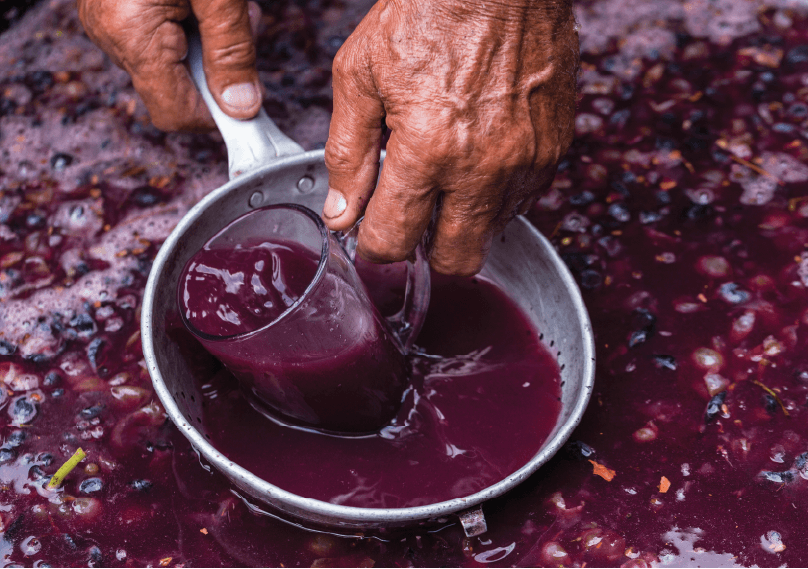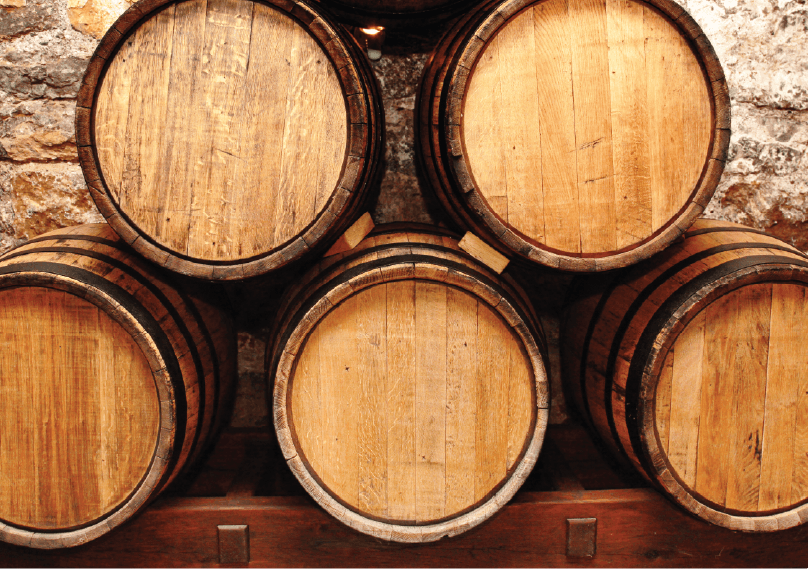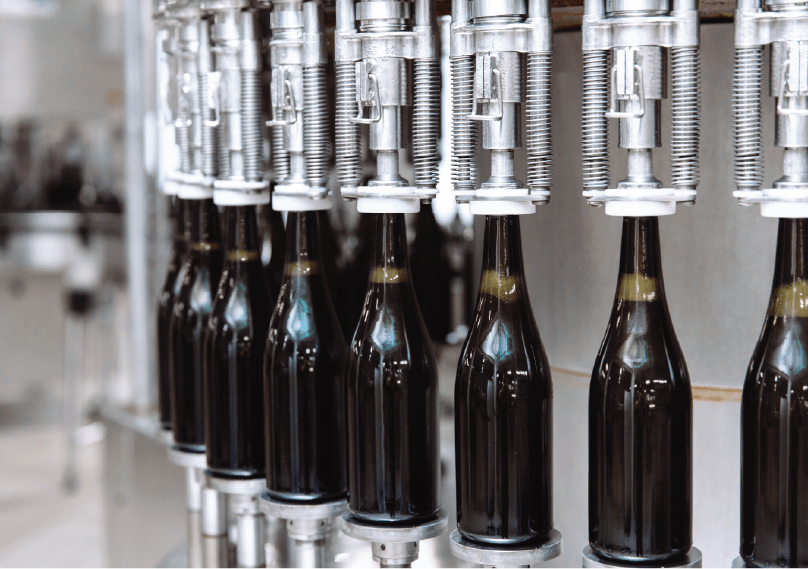Winemaking
Wine making is a beautiful art form that combines science, nature, and human creativity to produce a unique and complex beverage. Each vintage is unique and reflects the character of the grapes, vineyard conditions, and the winemaker’s skill. From grape selection to bottling, every step is crafted to produce not just a delicious wine, but also a work of art.
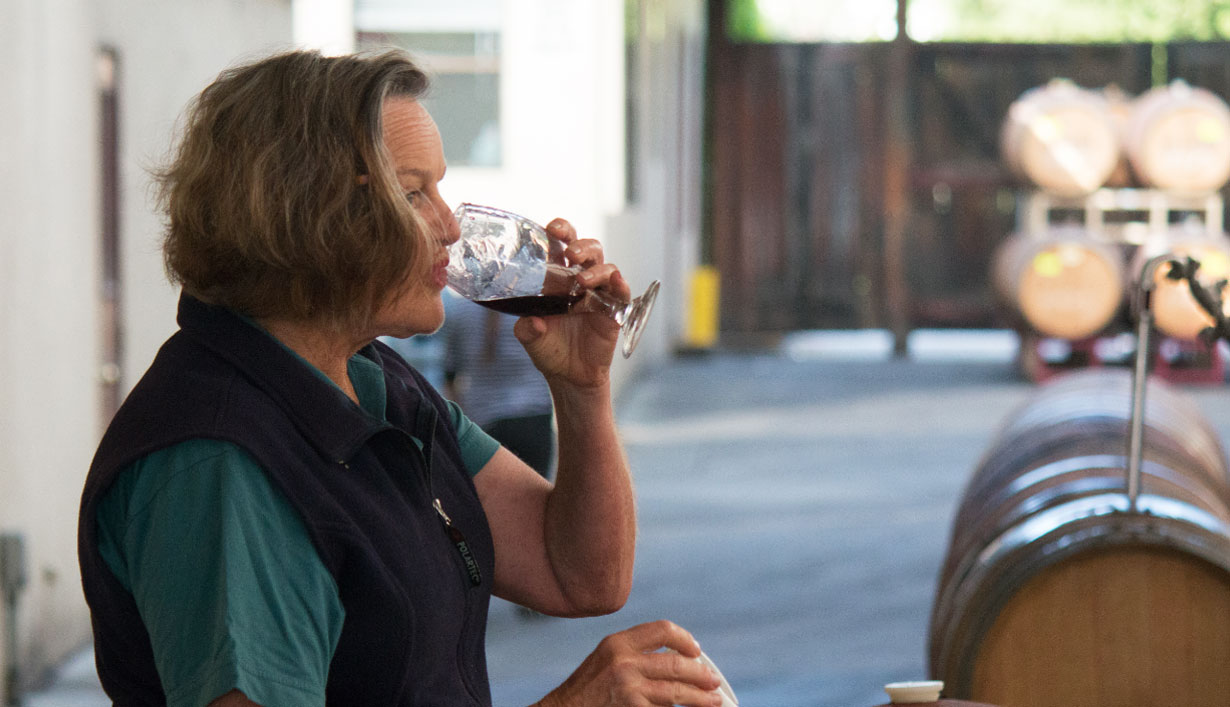
Alison Doran
For more than 30 years, Alison has been walking the vineyards that produce the finest varietals in the region. Spending a majority of her time on vineyard management, she keeps an eye on every aspect of vine growth—limiting their vigor so that they produce the most concentrated and intensely flavored grapes. She developed her skill from mentoring by renowned wine expert Andre Tchelistcheff, completing a degree in Fermentation Science from UC Davis and spending time in the legendary winery-filled region of Alsace, France. Since then Alison has honed her craft into a distinctive style all her own—harvesting at optimum ripeness, and making sure she gets the “pop & jump” out of every grape.

